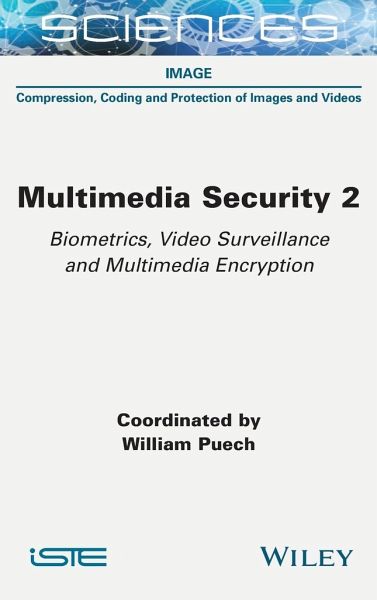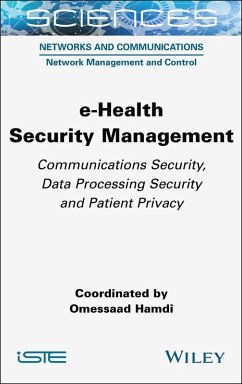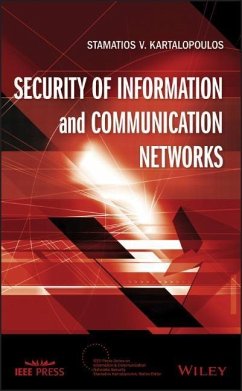
Multimedia Security 2
Biometrics, Video Surveillance and Multimedia Encryption
Versandkostenfrei!
Versandfertig in über 4 Wochen
147,99 €
inkl. MwSt.
Weitere Ausgaben:

PAYBACK Punkte
74 °P sammeln!
Today, more than 80% of the data transmitted over networks and archived on our computers, tablets, cell phones or clouds is multimedia data - images, videos, audio, 3D data. The applications of this data range from video games to healthcare, and include computer-aided design, video surveillance and biometrics. It is becoming increasingly urgent to secure this data, not only during transmission and archiving, but also during its retrieval and use. Indeed, in today's "all-digital" world, it is becoming ever-easier to copy data, view it unrightfully, steal it or falsify it. Multimedia Security 2 ...
Today, more than 80% of the data transmitted over networks and archived on our computers, tablets, cell phones or clouds is multimedia data - images, videos, audio, 3D data. The applications of this data range from video games to healthcare, and include computer-aided design, video surveillance and biometrics. It is becoming increasingly urgent to secure this data, not only during transmission and archiving, but also during its retrieval and use. Indeed, in today's "all-digital" world, it is becoming ever-easier to copy data, view it unrightfully, steal it or falsify it. Multimedia Security 2 analyzes issues relating to biometrics, protection, integrity and encryption of multimedia data. It also covers aspects such as crypto-compression of images and videos, homomorphic encryption, data hiding in the encrypted domain and secret sharing.













